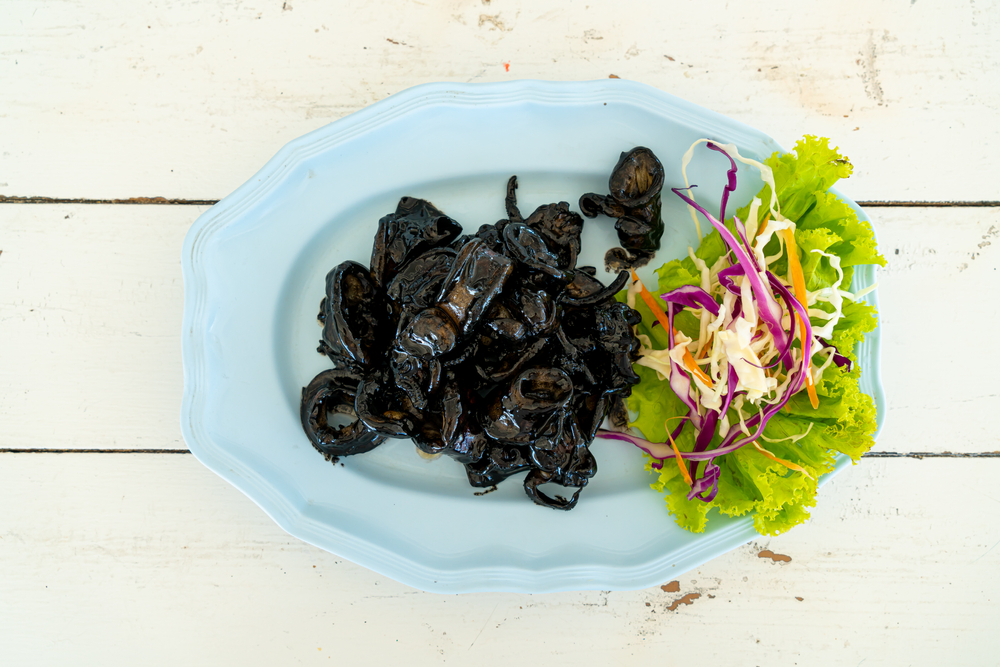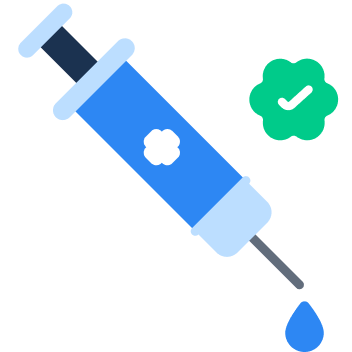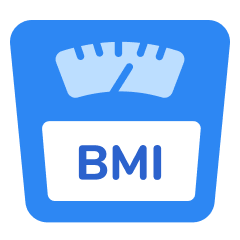Derby, C. D. (2014). Cephalopod Ink: Production, Chemistry, Functions and Applications. Marine Drugs, 12(5), 2700-2730. https://doi.org/10.3390/md12052700
Citation D R Utami et al 2021 IOP Conf. Ser.: Earth Environ. Sci. 869 012033. https://doi.org/10.1088/1755-1315/869/1/012033
Girija, A. S., Suba, K. P., Hariprasad, G., & Raghuraman, R. (2014). A novel study on the antibacterial effect of the crude squid ink extracts from the Indian squid against four bacterial pathogens isolated from carious dentine. International Journal of Current Microbiology and Applied Sciences, 3(4), 904-911. https://www.cabdirect.org/globalhealth/abstract/20143173067
Tang, Q., Zuo, T., Lu, S., Wu, J., Wang, J., & Zheng, R. et al. (2014). Dietary squid ink polysaccharides ameliorated the intestinal microflora dysfunction in mice undergoing chemotherapy. Food Funct., 5(10), 2529-2535. https://doi.org/10.1039/c4fo00408f
Liu HZ, Xiao W, Gu YP, Tao YX, Zhang DY, Du H, Shang JH. Polysaccharide from Sepia esculenta ink and cisplatin inhibit synergistically proliferation and metastasis of triple-negative breast cancer MDA-MB-231 cells. Iran J Basic Med Sci. 2016 Dec;19(12):1292-1298. https://doi.org/10.22038/ijbms.2016.7913. PMID: 28096961; PMCID: PMC5220234.
Huang F, Yang Z, Yu D, Wang J, Li R, Ding G. Sepia ink oligopeptide induces apoptosis in prostate cancer cell lines via caspase-3 activation and elevation of Bax/Bcl-2 ratio. Mar Drugs. 2012 Oct;10(10):2153-2165. https://doi.org/10.3390/md10102153. Epub 2012 Sep 27. PMID: 23170075; PMCID: PMC3497014.
Zhang Z, Sun L, Zhou G, Xie P, Ye J. Sepia ink oligopeptide induces apoptosis and growth inhibition in human lung cancer cells. Oncotarget. 2017 Apr 4;8(14):23202-23212. https://doi.org/10.18632/oncotarget.15539. PMID: 28423568; PMCID: PMC5410297.
Deidda, G., Bozarth, I. F., & Cancedda, L. (2014). Modulation of GABAergic transmission in development and neurodevelopmental disorders: investigating physiology and pathology to gain therapeutic perspectives. Frontiers in Cellular Neuroscience. https://doi.org/10.3389/fncel.2014.00119
Jakaria, M., Azam, S., Haque, M. E., Jo, H., Uddin, M. S., Kim, S., & Choi, K. (2019). Taurine and its analogs in neurological disorders: Focus on therapeutic potential and molecular mechanisms. Redox Biology, 24. https://doi.org/10.1016/j.redox.2019.101223
Curran, C. P., & Marczinski, C. A. (2017). Taurine, Caffeine, and Energy Drinks: Reviewing the Risks to the Adolescent Brain. Birth defects research, 109(20), 1640. https://doi.org/10.1002/bdr2.1177
Kim, S., Kim, S., & Song, K. (2003). Partial Purification and Characterization of an Angiotensin-converting Enzyme Inhibitor from Squid Ink. Agricultural Chemistry and Biotechnology. Retrieved from https://agris.fao.org/agris-search/search.do?recordID=KR2004006151
Sadek, S. A. (2022). Sepia officinalis ink mitigates gastric ulcer via modulation of antioxidant/anti-inflammatory pathways. Beni-Suef University Journal of Basic and Applied Sciences, 11(1), 1-12. https://doi.org/10.1186/s43088-022-00242-y
Lei M, Wang J, Wang Y, Pang L, Wang Y, Xu W, Xue C. Study of the radio-protective effect of cuttlefish ink on hemopoietic injury. Asia Pac J Clin Nutr. 2007;16 Suppl 1:239-43. PMID: 17392111. https://apjcn.nhri.org.tw/server/APJCN/16%20Suppl%201/239.pdf

























